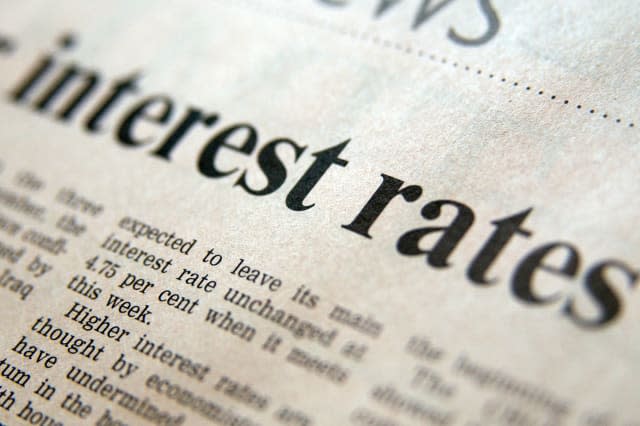Why an interest rate rise won't help dire savings rates

After ten years without an interest rate rise, there seems to be some light at the end of the tunnel for savers. The Bank of England has started showing signs that it is mulling over an interest rate rise, and the markets are pricing in a 55% chance of a rise by the end of the year. Unfortunately, this may not be quite the good news that it seems.
See also: Where should I put my savings?
See also: Improve your money management with no effort
Interest rates for savers have been falling through the floor for the past decade. Back in 2007 you could find a best-buy savings rate at around 6%. At the moment, even careful shopping around won't get you more than 1.25%. For those who are relying on interest on savings as part of their retirement income, falling rates have made a dramatic difference to their lifestyle for years.
According to figures from Hargreaves Lansdown, if you put £1,000 in a typical bank account in 2007, the effect of low interest rates being outpaced by inflation would mean that nowadays that £1,000 is worth just £878 in real terms.
The fact that the Bank of England Monetary Policy Committee is moving more in favour of a rate rise feels like it should be good news. Last month, in the wake of higher inflation figures, three of the eight committee members voted in favour of a rise from 0.25% to 0.5%, so there's a good chance that unless we get particularly bad news about economic growth in forthcoming months, the committee will tip in favour of a small rise.
The bad news
The trouble is that there's no guarantee that the banks will pass on a rate rise to savers. Unlike mortgage deals, savings rates aren't tied to the Bank of England base rate. Instead they are set by banks, which pay some attention to the base rate, but are driven far more by whether or not they want to attract your money.
At the moment, they don't really want your savings cash. Quantitative Easing means there's plenty of cheap cash sloshing around in the system already, so they don't need to pay more to attract it from savers. What they need far more is strength in their balance sheet when they come to be stress-tested by the authorities - and they're far more likely to be able to achieve that by keeping rates the same, and thereby improving their margins.
What can you do?
The only hope lies in the challenger banks. This year will see more than 15 challengers make their mark in the UK, and they are more likely to be competing harder for our cash. They are often keen to attract savings, to get a foothold in the market, so they have been offering better rates. There are therefore some attractive deals to be had for those who are willing to shop around - and to keep their eyes open at all times for a better rate.
There are good deals to be had from the likes of Atom Bank, which has a recent track record of challenging the market when it comes to fixed rate savings over between one and five years. Of course, when you tie your money up for a period, you need to bear in mind the risk that interest rates may rise during the savings period - leaving your account looking decidedly less competitive.
Many of the challengers are likely to focus on notice accounts, which are easier for them to make money from, but those that have been established a little longer may also offer decent instant-access savings rates too. However, the market moves quickly. Sometimes the most attractive deals are only available for a very short period of time, before the banks get all the savings they need, so it pays to keep your eyes peeled.




